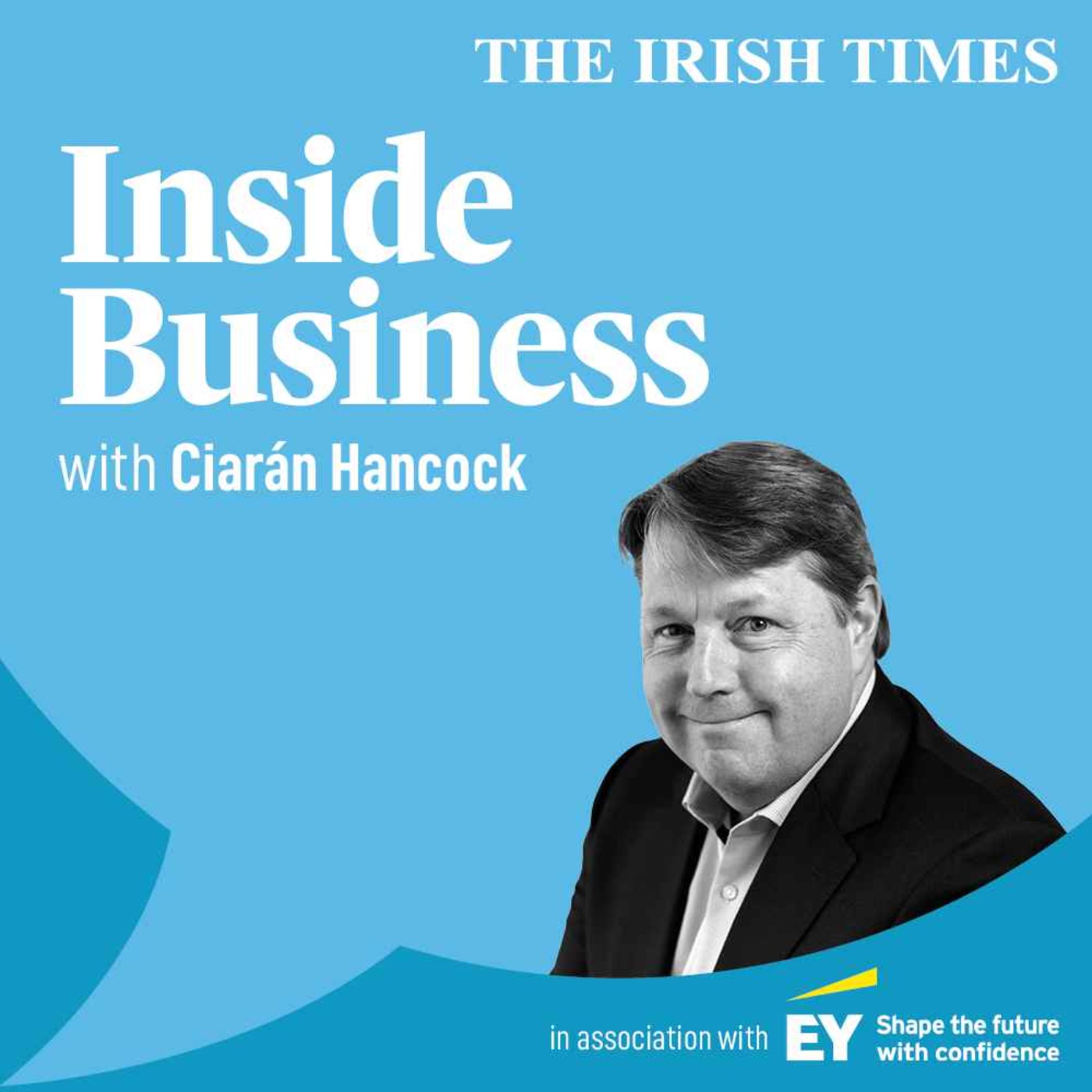US president Donald Trump and his cronies “flood the zone” with so much noise that it is easy to let stuff slip past. But sometimes we need to listen. Because there is a risk that these guys actually mean at least part of what they are saying.
Little attention was paid this week, for example, when US treasury secretary Scott Bessent spoke in an interview with Fox News about the “promises” countries like Japan, Korea and the EU had made to invest money in the United States as part of trade agreements.
The countries involved made these commitments in the full knowledge that they couldn’t fulfil them. They were a way to dress up trade deals with a little fluff, based on the likelihood that big companies were likely to continue to invest in the US in any case. After all, how could European Union governments, for example, direct their companies to invest $600 billion (€513 billion) in the US by 2028, which is the figure mentioned in the political deal reached between Trump and European Commission president Ursula von der Leyen?

Did the EU have its hands tied before striking a trade deal with the US?
But Bessent has a different view. He likened the money promised in the deals to an offshore wealth fund, with the US able to “direct” where the money would be invested. The trade surpluses these countries had with the US were to be recycled into investment in the US, at the president’s discretion.
READ MORE
Whether this is serious or just part of the ongoing public relations of Trump “winning” is anyone’s guess. Still, perhaps it explains why we have yet to see anything by way of a written agreed statement of the US-EU “deal”, even though the 15 per cent tariffs have been applied. The EU has fudged that the $600 billion is “as an indication based on the executive’s contacts with industry”. Which, of course, is nonsense. Trump has said that if the money is not invested, then the EU tariffs will go back up to 35 per cent.
So we have the emergence of this kind of Dick Turpin economics as Trump and his team perform a “holdup” on countries that want access to US markets. And companies are having to pay the Maga highwaymen, too. After all, Nividia and AMD are to pay the US Government a 15 per cent share of revenues from sales of advanced artificial intelligence chips in China, in return for export licenses.
This isn’t the free market economics traditionally championed by the Republican Party. It is instead a particular kind of Trumpian crony capitalism – countries and businesses that are in favour, or pay the required price, are okay, while others, like Brazil and Canada at the moment, are targeted. Control from the White House is everything.
Against this chaotic backdrop, the “certainty” that the trade deal was meant to bring European businesses, including those in the Republic, thus looks qualified and uncertain. If you thought everything was settled with a handshake in Scotland, then you haven’t been paying attention.
The absence of an agreed statement between the two sides on how the deal will operate may well reflect Trump’s desire to give him the scope to duck and dive. The issue of the promised European “investment” in the US remains contested.
And Trump has made it quite clear he is willing to take whatever measures he feels are necessary – tariff-based or otherwise – to increase the security of supply for the US in vital pharma and semiconductor products.
Pharma is the latest sector subject to the squeeze from Washington, demanding lower prices in the US and more investment there, which will mean higher drug prices and fewer factories and jobs elsewhere. This week Eli Lilly announced it would hike the price of its weight loss Mounjaro in the United Kingdom market by up to 170 per cent, saying it supported Trump’s view that drug prices – which are up to three times higher in the US – need to be rebalanced.
You can choose to be optimistic or otherwise about how this might play out for pharma investment and tax revenues in this State. But the Central Statistics Office’s latest trade figures, published on Friday, show our trade surplus with the US in the first six months of this year was €64 billion, up from €22 billion in the same period last year.
Now the 2025 figures are distorted by the huge movement of pharma to the US to try to beat the initial imposition of tariffs in April. But our huge surplus with the US – based almost entirely on pharma – keeps us under the spotlight in Washington and means the companies concerned will remain under relentless pressure from the White House to change their investment and pricing plans.
There is no point in the Republic waiting around for the sky to fall in as all this plays out. The risks are clear, but the outcome will remain uncertain, perhaps for many months to come. The publication of the study by the Trump administration into the pharma sector – the so-called section 232 investigation – will be an important moment, for sure, and should happen soon. Presumably, it will be accompanied by some policy measures and much noise.
Trump, as he has done with his other “holdups”, will look for something here – in terms of price cuts and investment commitments from the industry, perhaps – and given our reliance on pharma investment and tax, this could well hurt us. He may well threaten more tariff pain for companies if they do not fall into line. And so the uncertainty will persist.
This strategic risk needs to be the backdrop to Budget 2026, along with using the opportunity given by our strong economic figures and record tax haul to invest in infrastructure vital for people’s lives and business investment. There is no point waiting for some kind of “certainty” because it isn’t coming.
We need to do this on the basis that this may be our last chance to plan this before – sometime over the next few years – the exchequer picture starts to look a lot tighter. And that in the meantime, disruptive shorter-term risks remain. Instead, we may well spend the next six weeks arguing over whether households should get a few euros in energy credits and a double child benefit week.














